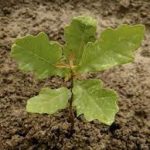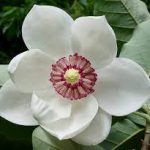THE BEST EVERGREEN TREES FOR RESIDENTIAL GARDENS
Evergreen trees, which include conifers bearing needles and broadleaf evergreens, are an ideal addition to every garden since they provide lush greenery and a sense of excitement during the winter months, as the leaves of deciduous plants are barren. Besides their decorative worth, evergreen trees are used as windbreaks, privacy screens, and winter shelters for wildlife and birds. Conifers can also be found with fragrant foliage and vibrant berries, as well as some evergreens with broadleaf produce stunning blossoms and edible fruits.
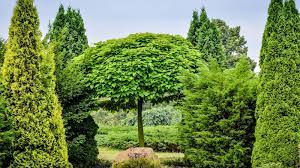
One of the main drawbacks of some evergreens is the dimensions. Certain varieties can reach enormous proportions and quickly overwhelm homes with small spaces. The great thing is that several varieties of evergreen trees are space-saving options and offer all the benefits of their bigger counterparts but remain in proportion with their surroundings even after they mature. Certain dwarf varieties can be planted in containers, keeping them well-trimmed. Here are a few of our top choices selected for their distinctive form, clean foliage, and adaptability to various conditions for growth.
CONIFERS
POLAR GOLD(r) Arborvitae
Zones 3- 7. Exposition: Sun from complete to partially
Spread/Height: 12 to 15 feet tall with between 4 and 6 feet in width
Uses suggested: Screening, mass plant borders, specimen plants, border
A small, compact habit with a vibrant golden-yellow leaf that naturally forms an oblong shape, meaning very little pruning is needed. It is tolerant of a range of kinds of soil and weather conditions; however, be aware of deer who hunt and are attracted by the delicate, lacy, and fragrant needles.
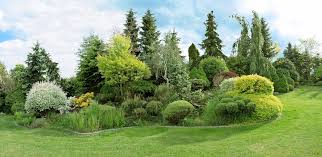
PINPOINT(r) BLUE & GOLD False Cypress
Zones: 5-7
Sun exposure: Full to partial sun
Spread/Height: 15 to 20 feet tall, five to six feet in width
The suggested uses are: Specimen plant, small hedge, or privacy screen
Feathery’s two-toned foliage appears with golden tips that shine brightly in spring, then dries to a soft blue-green. It naturally forms a narrow column. Therefore, it doesn’t require pruning to keep its form. It is a good alternative for deer-resistant arborvitae.
HORSTMANN’S SILBERLOCKE Korean Fir
Abies koreana ‘Horstmann’s Silberlocke’Zones: 5-7
Exposition: Full to partial sun
Spread/Height: 6 to 10 feet tall (after 10 years) Up 10-foot wide
Suggested uses: Specimen plant, Zen gardens
Silky green cones and silvery underneaths create this distinctive conifer with a Flocked appearance. Cones of bright purple in winter stand out beautifully against silver foliage. They grow slowly up to 20 feet high and can be cut back to maintain a deceptive appearance.
BLUE ARROW Juniper
Juniperus scopulorum ‘Blue Arrow’Zones: 4-9
Exposure: Full sun
Spread/Height: 16 to 20 feet tall and 2 feet wide
Uses suggested: Narrow privacy screen, formal garden hedge, or a border around an entranceway.
This miniature conifer has an average width of 2 feet, occupying just a tiny amount of space in the garden to display its exquisite texture and silvery-blue, silvery foliage. It is adorned with blueberries in winter; these ornamental berries add interest and are a vital food source for birds that forage.
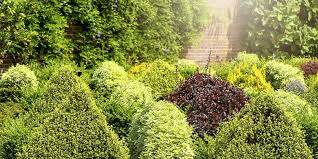
Try SILVER WHISPERS(TM) Swiss Stone Pine.
Pinus cembra ‘Klein’Zones: 3-7
Exposure: Full sun
Spread/Height: 10 to 12 feet tall, 6-8 feet wide
Uses suggested: Specimen plant, screening, mass planting windbreak
The columnar shape is packed with white-striped whiskery needles that create a fullness despite the small footprint. It is adorned with tiny blue-violet cones during winter. Extremely hardy and drought-tolerant.
BROADLEAF EVERGREEN TREES
LITTLE GEM Southern Magnolia
Magnolia grandiflora ‘Little Gem’Zones: 7-9
Exposure: Full sun
Spread/Height: 15 to 20 feet tall and between 8 and 10 feet wide.
Suggested uses: Specimen plant, espalier
A miniature southern magnolia with gorgeous glossy, two-toned foliage which is dark green on the top and reddish brown on the other side. In contrast to other magnolia trees, it has a slim upright shape that is suitable for more miniature landscapes. From late spring to the end of summer, it produces an abundance of big blooms of delicate white flowers.




